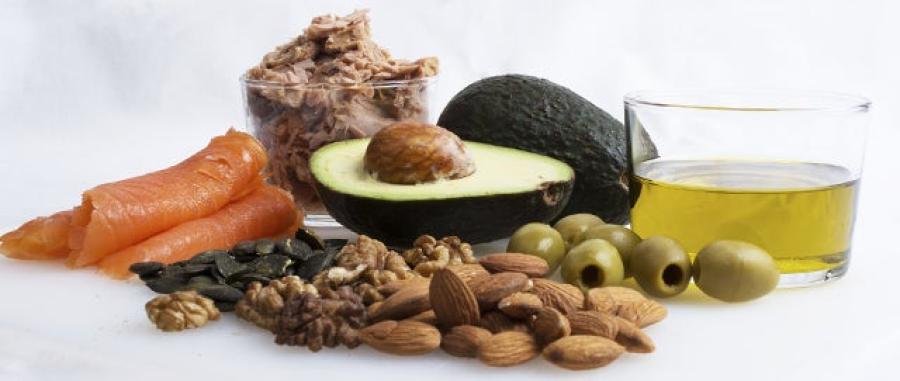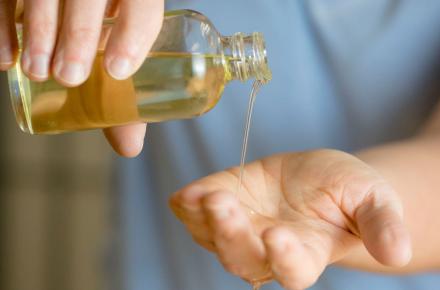The Pros and Cons of Fats

Fats and cholesterol are important components of life. Fats are responsible for many vital functions in the body. They are especially important for creating hormones, such as sex hormones (estrogen and testosterone); adrenal hormones (cortisol that regulates metabolism); and steroid hormones and prostaglandins.
Fats also create energy stores. They insulate and protect the body. They are also important components of cell membranes and provide a concentrated source of energy in the diet.
Here’s a breakdown of how fats affect the body:
- Brain: Fats compose 60 percent of the brain and are essential to brain function, including learning abilities, memory retention and moods.
- Heart: 60 percent of our heart’s energy comes from burning fats. Specific fats are also used to help keep the heart beating in a regular rhythm.
- Nerves: Fats compose the myelin sheath that insulates and protects the nerves, isolating electrical impulses and speeding their transmission.
- Lungs: Lung surfactant is a lipoprotein complex that requires a high concentration of saturated fats and enables the lungs to expand and keeps them from collapsing.
- Eyes: Fats are essential to eye function and are a key component of the eye’s rods and cones.
- Digestion: Fats in a meal slow down the digestive process so the body has more time to absorb nutrients. Fat-soluble vitamins (A, D, E and K) can only be absorbed if fat is present. Fats in a meal help provide a constant level of energy and keep the body satiated for longer periods of time.
- Hormones: Fats are required to make hormones and the hormone-like substances called prostaglandins that are found in every tissue, cell and organ in the body.
- Skin and hair: Ever hear of feeding oil to a dog to make its coat shiny? Humans get their soft skin and hair from fats, too. The distinction between adipose tissue (fat that we see in the mirror) and fatty acids (fats that we consume as a vital component of life) is important. To understand the purpose of fats and their value, we must see them as more than just a curse to the waistline.
What Makes Fat Bad?
Now that we’ve seen the good qualities of fat, let’s look at the flip side. Fats are healthy when they come from whole, natural, unprocessed foods. The problem is when fats become damaged. Fats are damaged by heat, light and oxygen. High heat and chemicals used by manufacturers to process oils are the chief sources of damaged fats. One particularly damaging process is partial hydrogenation, which gives oils longer shelf life. This process creates trans fats and other altered molecules that are harmful to the human body.
Polyunsaturated fats are the most fragile. Oils that are high in polyunsaturated fats (such as flaxseed oil) must be refrigerated and kept in a dark container. Cooking with polyunsaturated fats, as well as exposing them to heat, light or oxygen, damages the fats, depleting their nourishment and creating oxidized fats and toxins. Store these oils in a dark airtight container in the fridge, use them immediately after opening and don’t keep them for long periods of time. You can usually taste when they start to change.
Mono- and polyunsaturated fats are unstable, so the cooking process can hydrogenate them, creating harmful trans fats. It’s better not to cook with them at all.
Excerpted from Optimal Health for a Vibrant Life: A 30-Day Program to Detoxify and Replenish Body and Mind, by Tiffany Cruikshank.



















































